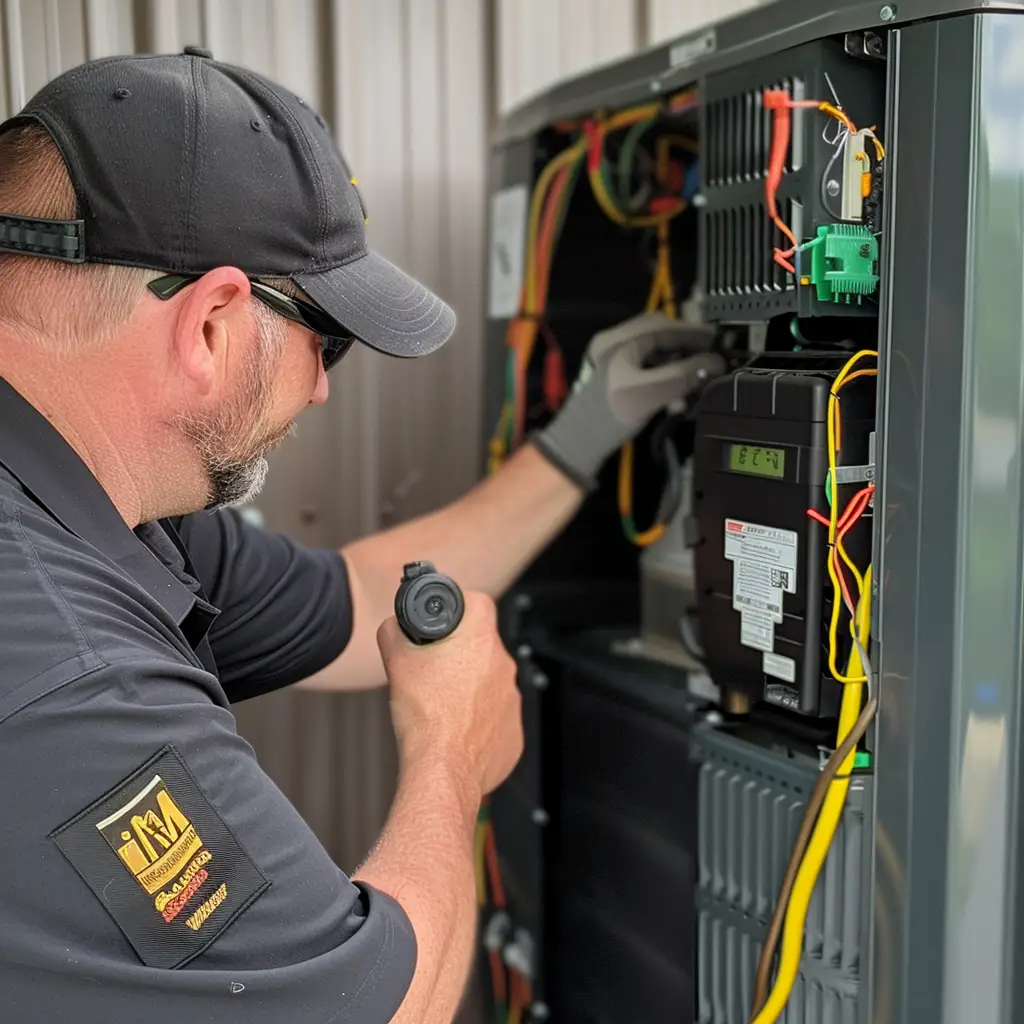It can be challenging to shop for HVAC equipment if you have never done it before.
A well-chosen cooling system will keep your home comfortable, lower your energy bills, and prevent your air conditioner from malfunctioning. The wrong choice may result in higher installation costs, inconvenient air conditioner repairs, high energy bills, and inefficient cooling.
Are you looking for the best option? Make a great choice and simplify your central air conditioning buying experience by following these four steps.
Tips for Buying & Installing Central Air Conditioners
The first step to installing a central air conditioner is to understand the fundamentals.
Central cooling systems require a furnace or air handler with ductwork. It will cost approximately $3,200-$4,600 to install a new air conditioner in a home with properly sized ductwork.
Find out more about ductless air conditioning systems in our AC Buyer’s Guide.
Next, let’s take a look at how to choose a central air conditioner.
Identify Your Air Conditioner’s Size
One of the biggest factors for determining your ideal unit size is how large your home is, but you also must consider:
- How old is your house?
- What materials were used to build your home?
- How old is your insulation and what type is it?
- What is the size of your ducts?
An air conditioner’s cooling capacity is measured in tons. You can estimate the size of your AC unit by comparing your home’s square footage with the cooling capacity of your AC unit.
Schedule a free air conditioner consultation with Air Point’s HVAC experts to learn more about the most effective cooling solutions for your home.
Decide what kind of central air conditioner you want
An efficient cooling system may be more expensive up front, but it can save you money in the long run. Choosing the right energy efficiency for your budget requires an understanding of how energy efficiency is measured.
An air conditioner is comprised of two energy efficiency rating types, SEER and EER. The Seasonal Energy Efficiency Ratio (SEER) measures a system’s efficiency throughout the year. An EER calculates your air conditioner’s efficiency based on a steady outdoor temperature.
SEER and EER ratings indicate how energy-efficient and comfortable your AC unit is.
In Ontario, the most common energy rating ranges from 13-16 SEER, but ultimately, it depends on your personal preferences.
Things to consider before choosing a company
You now have a better understanding of the various sizes, types, and energy ratings of central air conditioners.
You should be able to walk through the steps described in this article with the help of your AC installer who knows the product and has experience with HVAC systems. The company’s installation services, costs, payment options, and warranty should be familiarized with before signing a contract.





